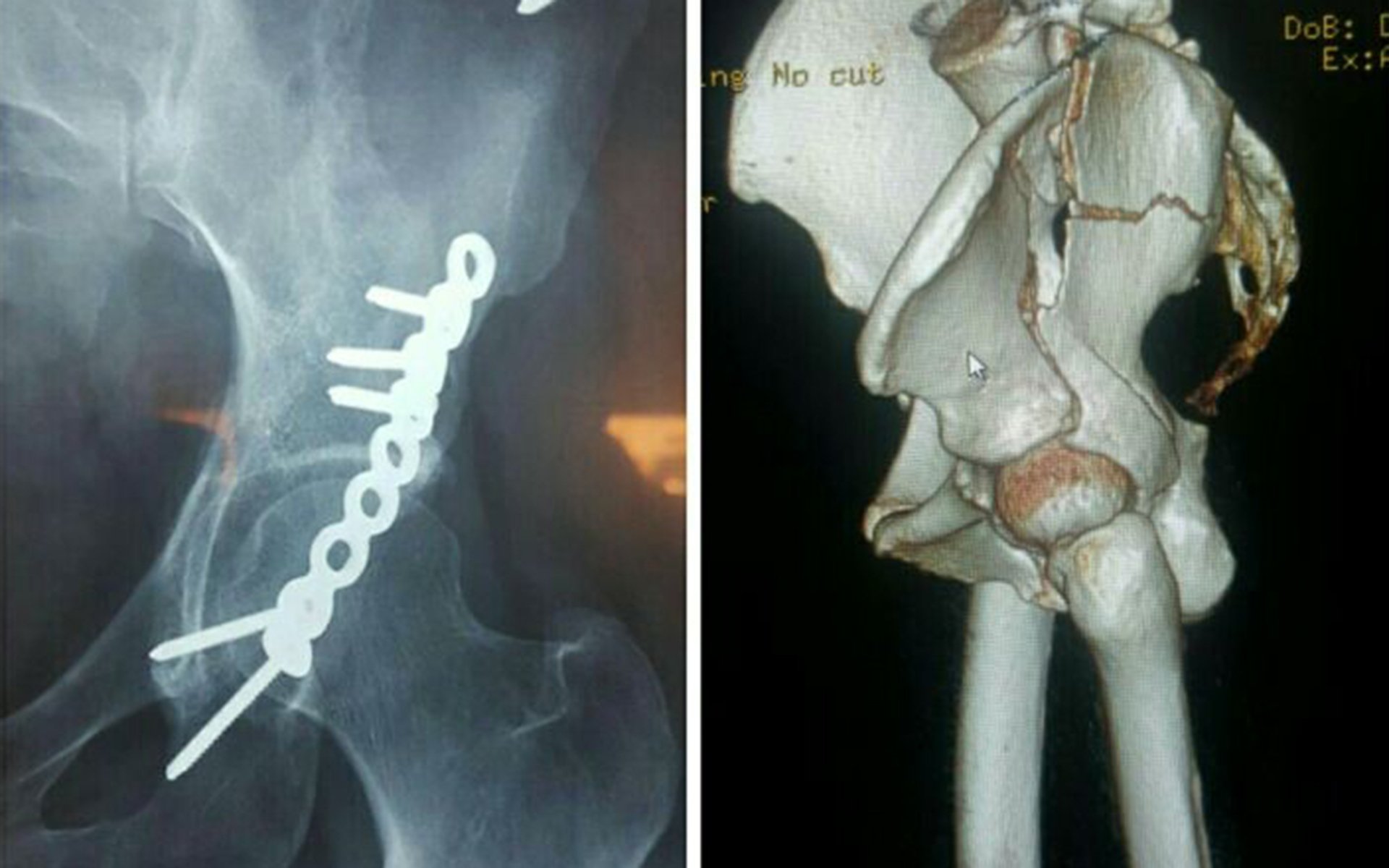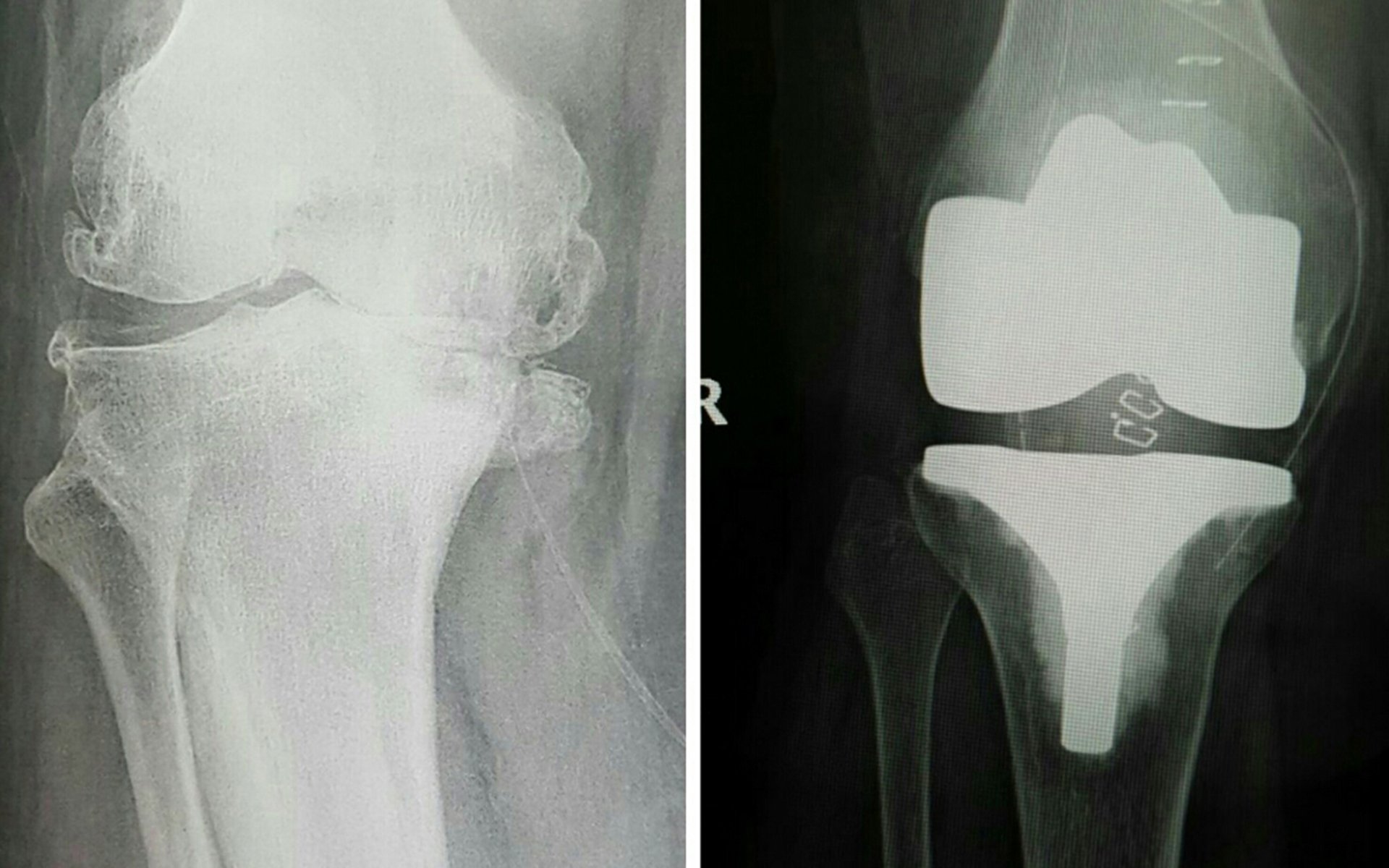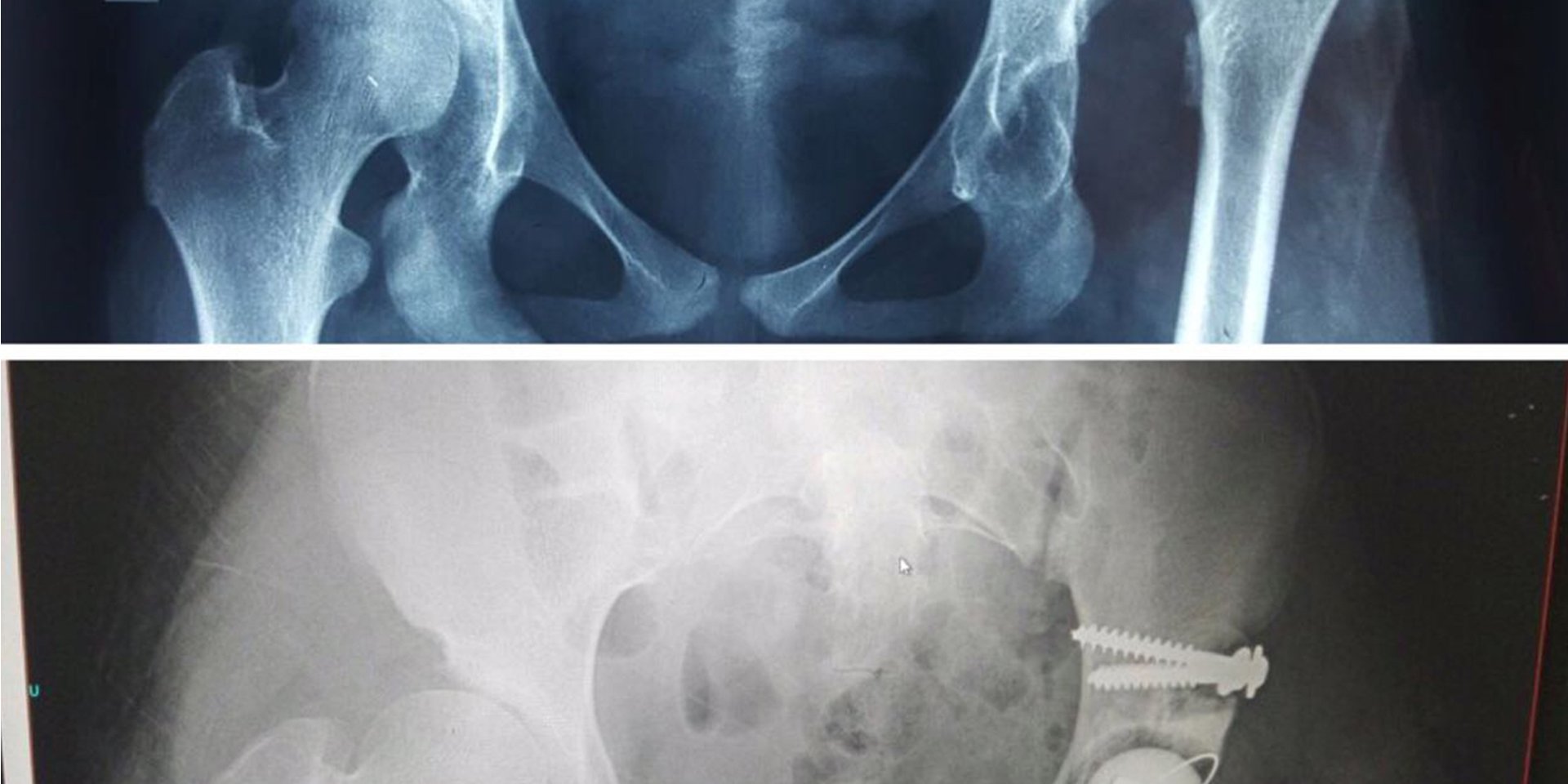Medical Treatment
guskhayyat@gmail.com
079 6354695
Dr. Ghassan Khayyat
M.B.B.S. FRCSI, FAAOS, DSM
Dr. Khayyat is a hip and knee reconstructive surgeon (joint replacement) & sport medicine. He was trained and certified in Ireland from 1993 until 2000, upon completing his training he was appointed as a consultant Orthopaedic Surgeon in Ireland from 2000-2011, specializing in arthoplasty and sport medicine.
He covered trauma on call (broken bones) in one of the busiest hospitals in Ireland, he aquired extensive expertise in managing complex trauma cases.
Dr. Khayyat has 20 years of extensive experience in joint replacement, sport medicine and trauma, he embraces the latest surgical techniques, he provides a personalized service and aftercare.
- 20 years of experience in managing complex orthopaedic cases
- Advisor to leading medical device companies
- Frequent Speaker at regional and international orthopaedic meetings
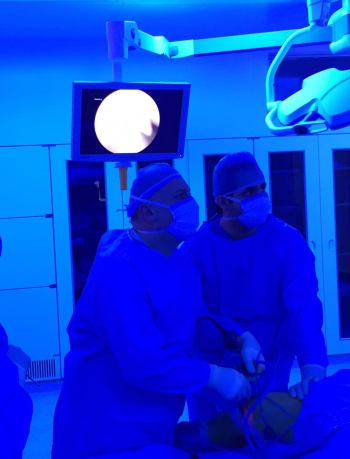
SUBSPECIALITIES
My main interests
Orthopaedic Surgery
Trauma and fractures of bones in adults and children
Sport Medicine
Ligament and bony injuries Knee arthroscopy cruciate ligament surgery meniscial repair
Pelvic Trauma
Pelvic fractures, Acetabular fractures, hip fractures
Arthoplasty
Total Hip Replacement Total Knee Replacement Revision Arthroplasty ( revising a previously done joint) management of bone loss
PATIENT INFO
Knee & Lower Leg
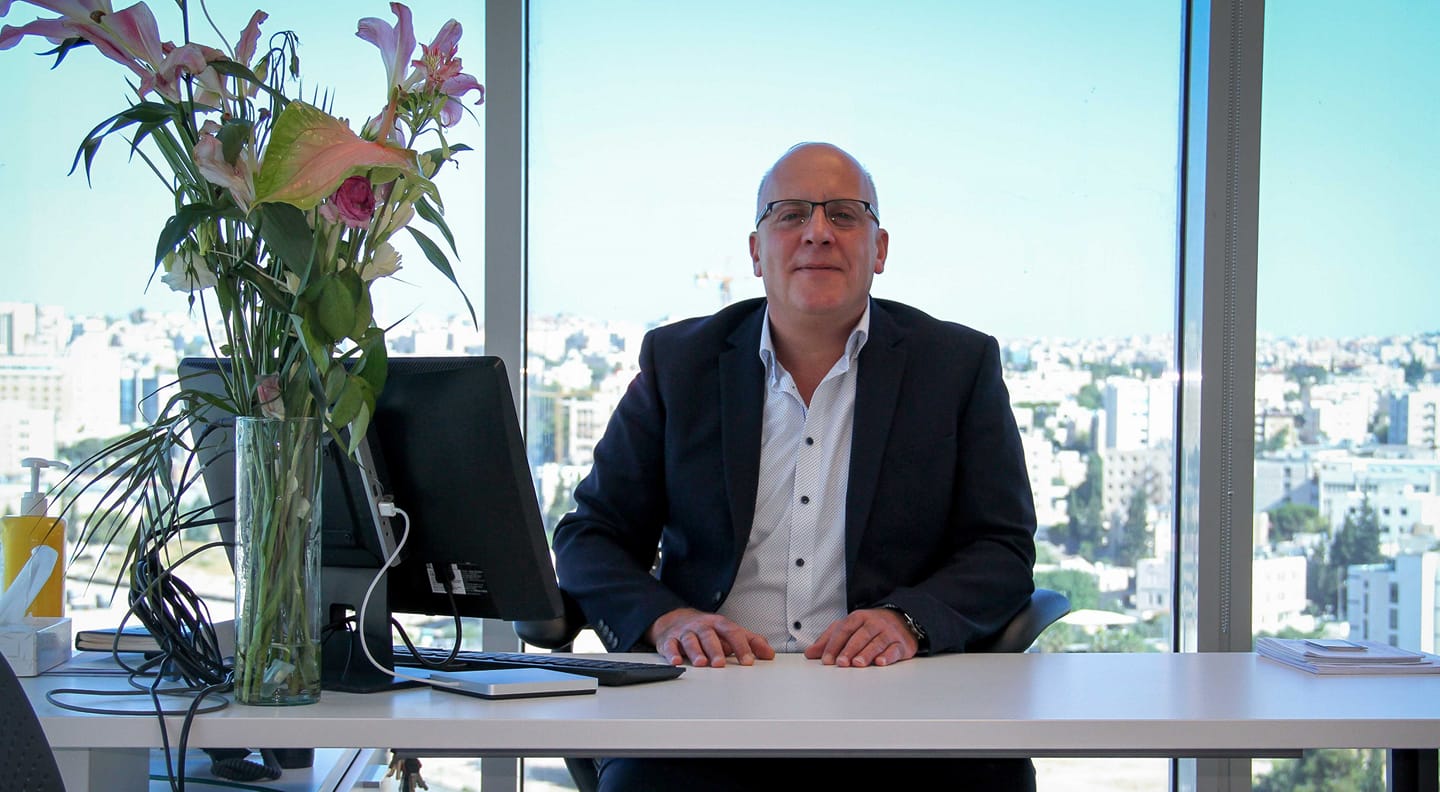
PATIENT HANDOUTS
Rehabilitation Exercise and Conditioning Handouts
Total Knee Replacement
VIDEOS
Educational videos
Dr. Ghassan Al-Khayat, Consultant Orthopedic and Joint Surgeon.. Episode 9 of the (Hakim Al-Abdali) podcast
This is a short animation of how the total knee replacement is performed
Total Hip Replacement
This is a short animation of how the total knee replacement is performed
Knee Arthoscopy
key hole surgery usually done for torn meniscus as a day case, patients go home on the same day without crutches.
Arthoscopic ACL Reconstruction
Carpal Tunnel Syndrome
Dr. Ghassan Videos
MEDICAL QUESTIONS
Most commonly asked questions
joint replacement surgeries are amongst the most common surgeries in orthopedics practice, usually performed for patients with advanced osteoarthritis of the hips and knees.
patients with advanced stages of osteoarthritis become unable to Walk more than 500 meters without pain . their pain becomes daily and may disturb their sleep and in most cases necessitates daily painkillers. At this stage, orthopedics surgeons will confirm the diagnosis of severe osteoarthritis with xrays, when confirmed, the surgeon will offer joint replacement for the patient.
advanced severe osteoarthritis usually have mechanical failure of the mechanical axis and stiffness of the joint. at this stage, no medicines or injections can restore the joint surface and alignment, leaving the surgeon with the only solution, which is the joint replacement.
It’s a simple routine procedure with success rate higher than 98%.
patients are usually checked by anesthesia team pre operatively, and usually admitted to the hospital a day prior to the surgery day for full preparation.
DAY 1(operation day) :the patient will be anesthetized either spinal-epidural with gentle sedation upon request or with general anesthesia (less frequently).
After application of antiseptic solution and draping the surgical field an incision will be made to get to the affected joint, where the joint will be resurfaced and ligament balance will be restored, then the new prosthetic joint will be applied restoring normal length,rotation, alignment and near normal range of motion,duration of the surgical procedure in most cases is arround one hour for routine cases.
DAY 2 : the patient will walk frequently with full weight on the joint with the help of walking frame and the physiotherapy team.
DAY 3 : the patient usually will walk more frequent and will be ready to go home After being taught how to go up and down stairs, and how to get in the car and how to use the toilet independently.
discharge instructions as follows:
1- to walk every hour for a period of not less than five minutes.
2- dressing care every other day by a qualified dressing nurse.
3- keeping the dressing dry.
4- medications as prescribed.
There is no one hip or knee replacement which is suitable for all patients.
Your surgeon will advice you what TYPE of an implant to use according to your age , deformity and bone stock.
It is a re-do of a joint arthroplasty which is considered in case of malalignment or infection , my interest and specialty is revision arthroplasty
Life is motion and motion is life.
The main aim of joint replacement is to restore function by eliminating pain and stiffness leading to an independent patient
whether you are considering a total knee or a total hip replacement , the process starts by educating the patient about the types of implants and explaining the surgery in details , the actual surgery takes around one hour under epidural anesthesia , the day of surgery the patient is left to rest .
On the second day the patient is guided by the physiotherapy team to walk full weight bearing 4-6 times.
On the 3rd day the patient should walk 5 minutes every hour and is educated how to use the stairs and the toilet.
the patient is discharged home at the end of the 3rd day.
Patients with nerve entrapment syndromes suffer from symptoms of numbness and pain that become more severe at night and may disturb night sleep . clinical diagnosis is confirmed by a nerves conduction study, in mild cases the patient might need a night splint , in sever cases the patient might need surgical release of the affected nerve.
There are no current scientifically proven application of stem cells for bone and joint diseases. And what is promoted under the name of stem cell therapy is a fake claim for financial gain .
The American Academy of Orthopaedic Surgeons (AAOS) consideres stem cell therapy experimental and of no clinical proven application to Orthopaedic practice
When a patient sustains an injury to his joint ( knee or shoulder). the ligaments and the cartilage can be affected in various ways.
Some of the injuries don’t heal and end up with a mechanical symptom of locking and instability. these injuries are usually diagnosed with an MRI scan and sometimes we need to address it by arthroscopic surgery to repair or reconstruct the torn ligament or cartilage .it is a simple procedure of entering a lens of 2-4 mm through a 5 mm incision , the lens is connected to a camera that is attached to an external monitor and a DVD recorder to see clearly inside the joint, and a similar incision is made for introduction of fine tools that helps the surgeon to accomplish his work
Fractures are treated depending on the location and the nature of the fracture and depending on the age of the patient.
For example, intra-articular fractures sometimes need surgery to restore the joint surface , because any displacement of more than 2 mm can result in osteoarthritis .
long bone fractures of the leg and the arm are usually treated by a splint after the confirmation of acceptable reduction of the fracture that does not affect the function of the bone in the future.
adult hip fractures usually need a surgical procedure to fix the fracture when possible by a plate and screws, or even replace the broken part of the femoral head by a prosthetic joint, the decision is taken according to the patient’s age , fracture configuration and quality of the bone.
CONTACT US
Send us an email message. This message will go to an administrative person at our
clinic, who does not have training to respond to specific health questions.
for emergency : 079-6354695



